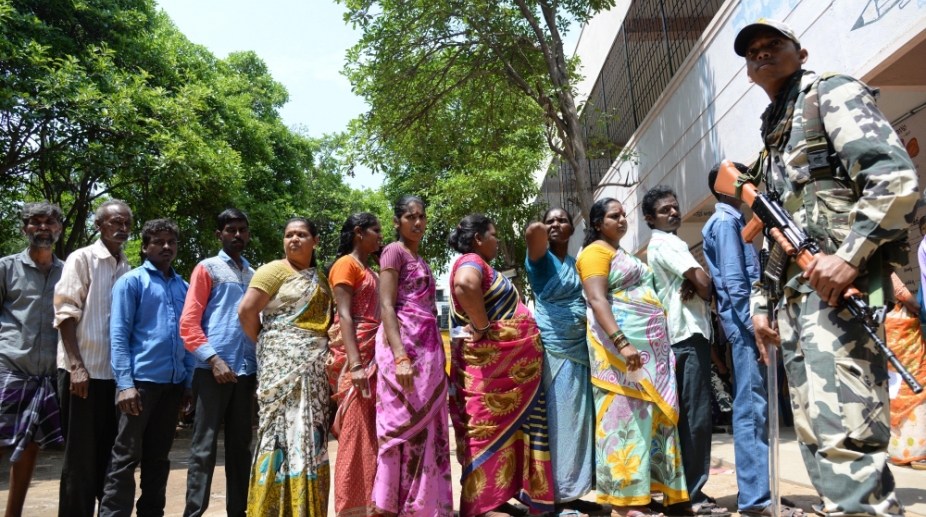The Nepal government has reiterated that he will not allow the use of the country’s territory for anti-India activities.
Addressing a press conference in New Delhi on Saturday, Foreign Secretary Vijay Gokhale said that Nepalese Prime Minister KP Sharma Oli told Indian Prime Minister Narendra Modi that Kathmandu will be sensitive to New Delhi’s security concerns.
Advertisement
“Oli reiterated that they will be sensitive to our concerns and their territory will not be allowed to be used by anybody against India. Prime Minister Modi reciprocated the sentiments,” Gokhale told the media.
Pointing out that Oli’s view is “very significant” Gokhale said that the Nepalese PM has also confirmed that Nepal will hold the BIMSTEC (Bay of Bengal Initiative for Multi-Sectoral Technical and Economic Cooperation) summit this year.
The BIMSTEC comprises seven countries – India, Bangladesh, Bhutan, Myanmar, Nepal, Thailand and Sri Lanka. All of the countries either share a coastline with the Bay of Bengal or are littoral states.
Oli also expressed commitments towards BBIN (Bangladesh-Bhutan-India-Nepal) initiative.
Gokhale said that Modi’s two-day visit to Nepal was aimed to strengthen bilateral relations “whether it be cross-border electricity or cross-border connectivity”.
PM Modi’s two-day visit to the Himalayan nation began on Friday with the first stop at Janakpur, the birthplace of Goddess Sita. At the holy city, the PM joined Oli in launching a bus service from Janakpur to Ayodhya.
Modi and Oli also laid the foundation stone of the 900MW Arun-III hydroelectricity project. The PM also announced Rs 100-crore aid to develop Janakpur city.
Read More: PM Modi, Oli ‘reset’ India-Nepal ties
Gokhale said both sides agreed to be committed towards the stated projects. “We will address this within a set timeline.”
The two leaders also held delegation-level talks during which the two sides agreed on a number of matters.
Both prime ministers later expressed their confidence in the strengthening of the historic ties between the two countries which had taken a tumble due to the 2015 Madhesi agitation.
Following the meeting, Modi reportedly said that “all misunderstandings with Nepal are over”.
The PM’s visit, which came a month after Oli’s India visit, was seen as an attempt to ‘reset’ ties between New Delhi and Kathmandu.
After assuming office in February, Oli made his first foreign visit to India in April.
Lauding the relationship between the two countries, PM Modi had said on Friday that Ayodhya is incomplete without Janaki.
On 12 May, the 67-year-old Indian Prime Minister became the first leader in the world to pray at the Muktinath temple earlier today. At the temple, which is sacred to both Hindus and Buddhists, the PM prayed as per the rituals followed by the two religions.
He also greeted and interacted with people waiting at the temple premises.
After Muktinath, the PM returned to Kathmandu and prayed at the historic Pashupatinath temple.
“Jai Pashupatinath! Feeling blessed after praying at the majestic Pashupatinath Temple in Kathmandu,” wrote the PM on Twitter.
Read More: PM Modi prays at Pashupatinath temple, meets opposition leaders in Nepal
Later in the day, he also met leaders of the opposition in Nepal as well as Pushpa Kamal Dahal ‘Prachanda’, whose party is an ally in the Nepal government.











